PS1 BIOS Download 100% Working For DuckStation, RetroArch & ePSXe
Download the PS1 BIOS to run PlayStation 1 games smoothly on emulators. Follow our step-by-step guides for Windows, Android, and popular emulators including ePSXe, DuckStation, and RetroArch.
What is PS1 BIOS?
A PS1 BIOS often called duckstation BIOS is a small software file that contains the PlayStation 1’s core system firmware, required for emulators to work properly and accurately mimic the original console. It is like the brain of the original PlayStation.
It helps emulators start up, read game discs, and use memory cards for saving progress. Without it, many emulators such as ePSXe, DuckStation, or RetroArch won’t run games the right way.
It allows games to boot, saves to work, and prevents crashes or black screens. Because of copyright restrictions, emulators don’t include BIOS files, so users must obtain them separately, usually by dumping from their own console.
Why Is a PS1 BIOS Needed for Emulation?
A PlayStation 1 (PS1) BIOS file is needed for emulation because it is the core firmware that allows the emulator to start up and run PS1 games the same way the original console does.
The BIOS takes care of the startup process, handles save data, and keeps the emulator stable and compatible with games. Without it, most emulators will either show a black or white screen or fail to load the game completely.
Initializes Hardware:
It powers up the console’s virtual components and prepares them to run the game.
Manages System Resources:
The BIOS provides the functions that let the operating system and games interact with the virtual hardware.
Ensures Game Compatibility:
For CD-based consoles like the PS1, the BIOS makes sure the game starts, reads data correctly, and behaves just like it would on a real PlayStation.
Stable Gameplay
Using a BIOS reduces crashes and annoying glitches. No more broken cutscenes, missing sound, or random freezes. Your games just run better.
Types of PS1 BIOS by Region
The PlayStation 1 BIOS comes in different versions depending on the region where the console was released. Using the correct BIOS file for your region ensures better compatibility, smooth performance, and fewer errors when running games on emulators.
SCPH1001.bin (USA BIOS v2.2AEJ)
The SCPH1001.bin is one of the most popular PS1 BIOS files for the USA region. It provides smooth gameplay, excellent stability, and is the recommended choice for running NTSC-U PlayStation 1 games on any emulator.
SCPH5500.bin (Japan BIOS v3.0J)
The SCPH5500.bin is the PlayStation 1 BIOS for the Japanese region. It is required to run Japan-exclusive PS1 games and ensures full compatibility with NTSC-J titles on emulators like ePSXe, DuckStation, and RetroArch.
SCPH7003.bin (Europe BIOS v3.0AEJ)
The SCPH7003.bin is the BIOS version for European PlayStation 1 consoles. It is perfect for PAL games, offering accurate performance and reliable compatibility for European region PS1 titles.
SCPH7003.bin (Multi-use)
In some cases, the SCPH7003.bin can also work with different setups, making it useful for broader compatibility. It’s a great option for players who mainly focus on PAL games but want flexibility in their emulator setup.
We also added some other bios files that were dumb by various gamers:
What Is an Emulator?
An emulator is a piece of software that lets your computer act like another device — in this case, a PlayStation 1. It recreates the console’s hardware in software so you can run PS1 games on your PC just like you would on the original machine.
Popular PS1 emulators for Windows include DuckStation, ePSXe, and RetroArch. Each one works a little differently, but they all need a BIOS file to run games correctly.
Supported PS1 Emulators for Android, iOS and Windows
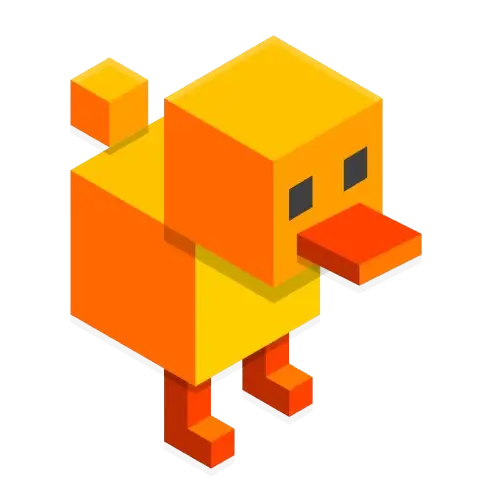
DuckStation
DuckStation is a fast and reliable PS1 emulator for PC and Android. It supports HD graphics, save states, and smooth gameplay. BIOS files improve accuracy and compatibility.
- Supports: Android, Windows, Linux, macOS
- Known for smooth performance and modern, beginner-friendly interface
- High compatibility with almost all PS1 games
- Simple BIOS folder setup

RetroArch
RetroArch is a multi-system emulator that supports PlayStation (PSX) and many other consoles. It uses “cores” to emulate each system.
- Supports: Windows, macOS, Linux, Android, iOS
- Great if you want one app for multiple retro systems
- Has built-in shaders, overlays, and netplay
- BIOS must be placed in the system folder to work

ePSXe
ePSXe is one of the oldest PS1 emulators and still very popular. It allows plugin-based customization for graphics, sound, and controls.
- Supports: Windows, Linux, Android
- Highly customizable with video and audio plugins
- Works with external controllers and memory cards
- Requires manual BIOS setup but offers advanced tweaking
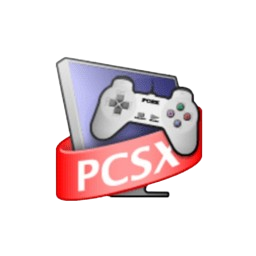
PCSX-Reloaded
PCSX-Reloaded is a simple, open-source PS1 emulator. It doesn’t get frequent updates anymore, but it’s still easy to use and lightweight.
- Supports: Windows, macOS, Linux
- Good option for older PCs or minimal setups
- BIOS setup is quick and easy
- Fewer features compared to DuckStation or ePSXe

FPse [Android] – Paid
FPse is a popular PS1 emulator built specifically for Android. It offers a lot of customization and supports OpenGL for improved graphics.
- Supports: Android
- Smooth performance on most phones
- Many graphic options including widescreen hacks
- Requires a PS1 BIOS for best compatibility
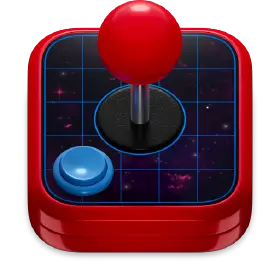
OpenEmu [macOS] – Free
OpenEmu is a multi-console emulator designed exclusively for Mac. It has one of the cleanest, most user-friendly interfaces for PS1 emulation.
- Supports: macOS
- Drag-and-drop game library system
- Auto-downloads cores for different systems
- BIOS setup is straightforward with clear prompts
Download PS1 BIOS Files for Android & Windows
Download the All-in-One PS1 BIOS Pack, including USA, Europe, and Japan versions. It works with emulators like RetroArch, DuckStation, and ePSXe. All files are tested, safe, and secure for Android and PC.
How to Install PS1 BIOS on Your Emulator
Once you have the PS1 BIOS pack, the setup process is simple, but it needs to be done correctly for the emulator to work. Here’s a step-by-step guide:
Step 1: Extract the BIOS files
After downloading the BIOS pack, you’ll usually get it in a compressed format like ZIP or RAR. Use a tool such as WinRAR or 7-Zip to extract the files. Once extracted, you’ll see one or more files with names like SCPH1001.bin or SCPH5500.bin. These are the BIOS files your emulator needs.
Step 2: Locate the BIOS folder in your emulator
Every emulator has a folder or directory meant for BIOS files. For example:
Step 3: Copy BIOS files into the folder
Move the extracted BIOS files into the correct BIOS folder for your emulator. Make sure the file names remain the same (do not rename them), as emulators often look for specific file names to detect BIOS.
Step 4: Select the BIOS in emulator settings
Open your emulator and go to the settings or configuration menu. Look for an option called “BIOS” or “Firmware.” From there, select the BIOS file you added. Some emulators automatically detect the BIOS once it’s in the right folder, while others require you to choose it manually.
Step 5: Restart the emulator and test a game
Once the BIOS is loaded, restart your emulator. Then open a PS1 game (in BIN, ISO, or PBP format). If the BIOS is working correctly, the game will boot without errors. You should see the classic PlayStation logo screen before the game starts.
Setting it up once is usually enough. From then on, your emulator will use the BIOS automatically every time you load a game.
Best Practices for BIOS Management
Keeping your BIOS files organized will save you headaches later. Here’s what you should do:
Popular PS1 Games to Play
The PlayStation 1 is home to some of the most loved games in history. With the right PS1 BIOS and emulator, you can replay these classics on PC or Android and enjoy smooth graphics, accurate sound, and stable performance. Below are six of the most popular PS1 games still enjoyed by players today.
Tekken 3
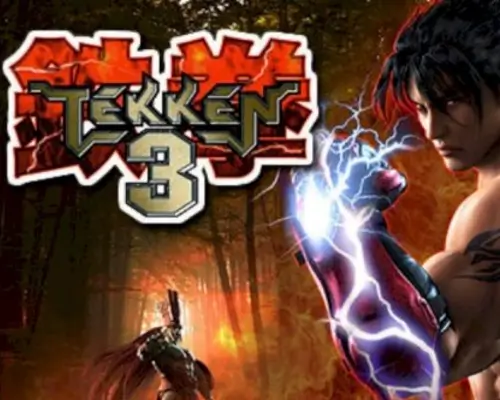
Tekken 3 is one of the most famous fighting games on the PS1. Known for its smooth gameplay and large roster, it lets players unlock hidden characters like Gon and Doctor Bosconovitch while enjoying fast-paced battles.
Resident Evil 2
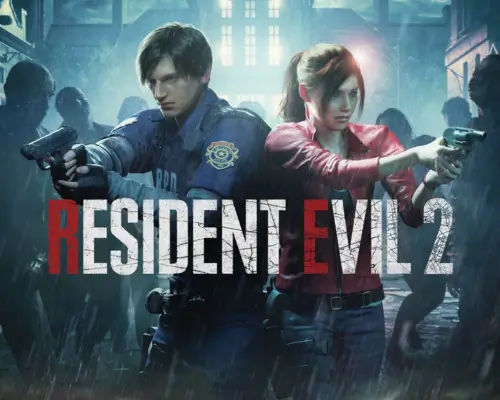
Resident Evil 2 is a survival-horror classic that introduced gamers to Leon and Claire’s fight against zombies in Raccoon City. With the right emulator settings, it runs smoothly and delivers the same tense experience as on the original console.
Final Fantasy VII

Final Fantasy VII is an RPG that defined the PlayStation era. Players follow Cloud Strife and his team through a story filled with action, strategy, and unforgettable moments. It remains one of the most played PS1 games on emulators.
Crash Bandicoot

Crash Bandicoot is a fun and challenging platformer where you guide Crash through tricky levels filled with obstacles. Its bright graphics and fast-paced gameplay made it one of PlayStation’s most iconic titles.
Metal Gear Solid

Metal Gear Solid changed how players experienced stealth action games. With deep storytelling, strategic gameplay, and cinematic cutscenes, it became a must-play title for every PS1 fan.
Gran Turismo 2
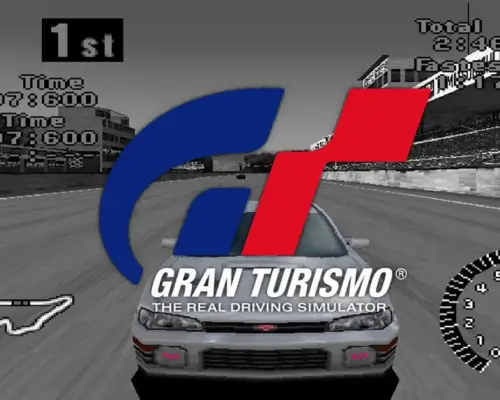
Gran Turismo 2 is the ultimate racing game on PS1, featuring realistic cars, tracks, and driving physics. With hundreds of vehicles to choose from, it gave players an authentic racing experience that still holds up today.
Frequently Asked Questions About PS1 BIOS
Do I need BIOS to run PS1 games on emulators?
Yes, most PlayStation emulators cannot run games without the BIOS. It ensures better compatibility, stable sound, and smooth performance.
Is it safe to download PS1 BIOS online?
It is safe if you download from trusted and verified sources. Avoid random websites, as unverified files may contain viruses or corrupted data.
How do I install PS1 BIOS in an emulator?
To install BIOS, extract the downloaded file, copy it into the emulator’s “BIOS” folder, and select it from the emulator settings. After restarting, the emulator should detect the BIOS automatically.
Which PS1 BIOS file is best to use?
The most reliable file is SCPH1001 BIOS (USA). It works with most emulators, including ePSXe, DuckStation, and RetroArch. Other options like Japan BIOS or Europe BIOS may be needed for region-specific games.
Can I use one BIOS file across multiple emulators?
Yes. Once you have the correct PS1 BIOS, you can use the same file in ePSXe, DuckStation, RetroArch, and other PlayStation emulators.
